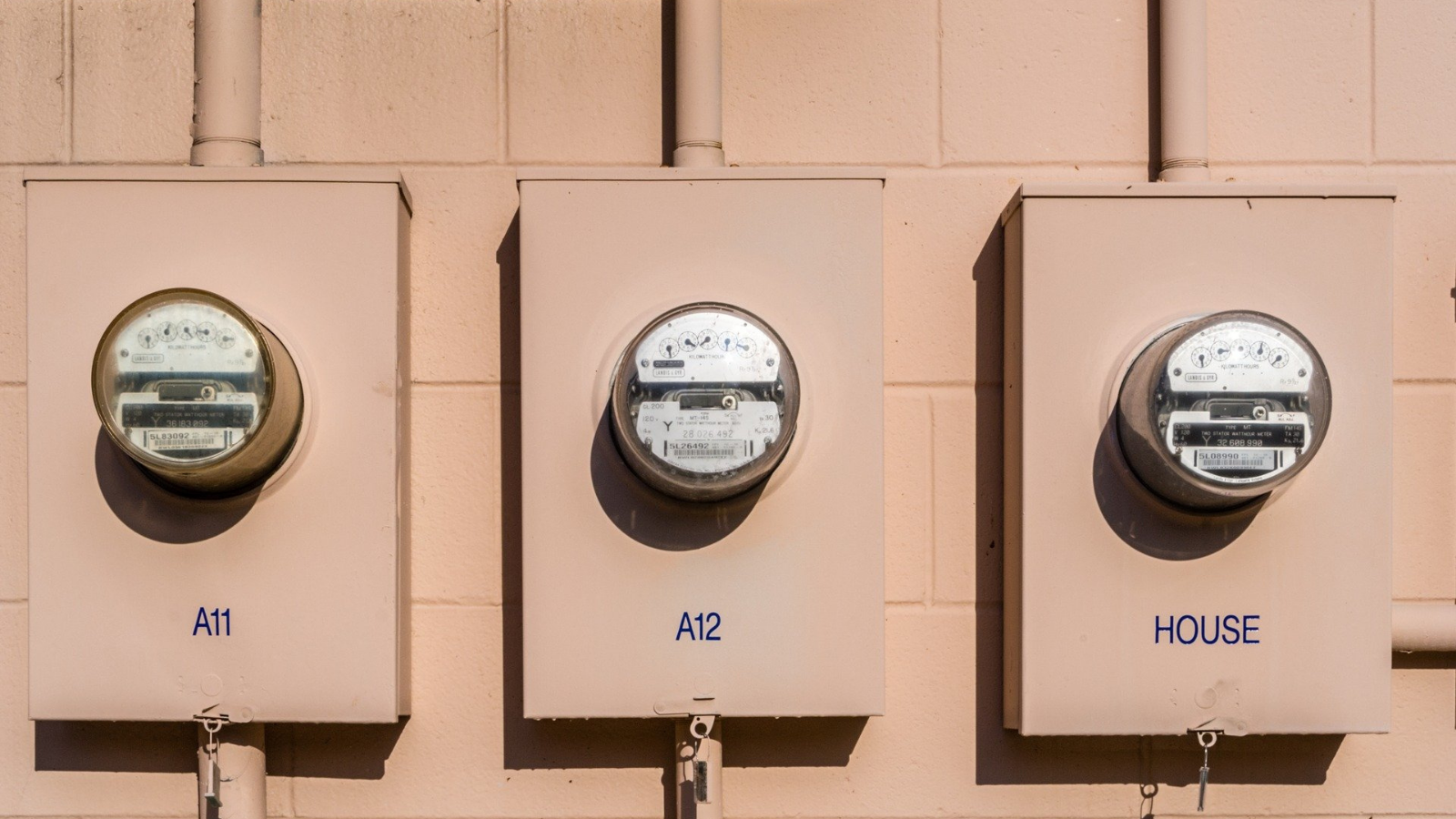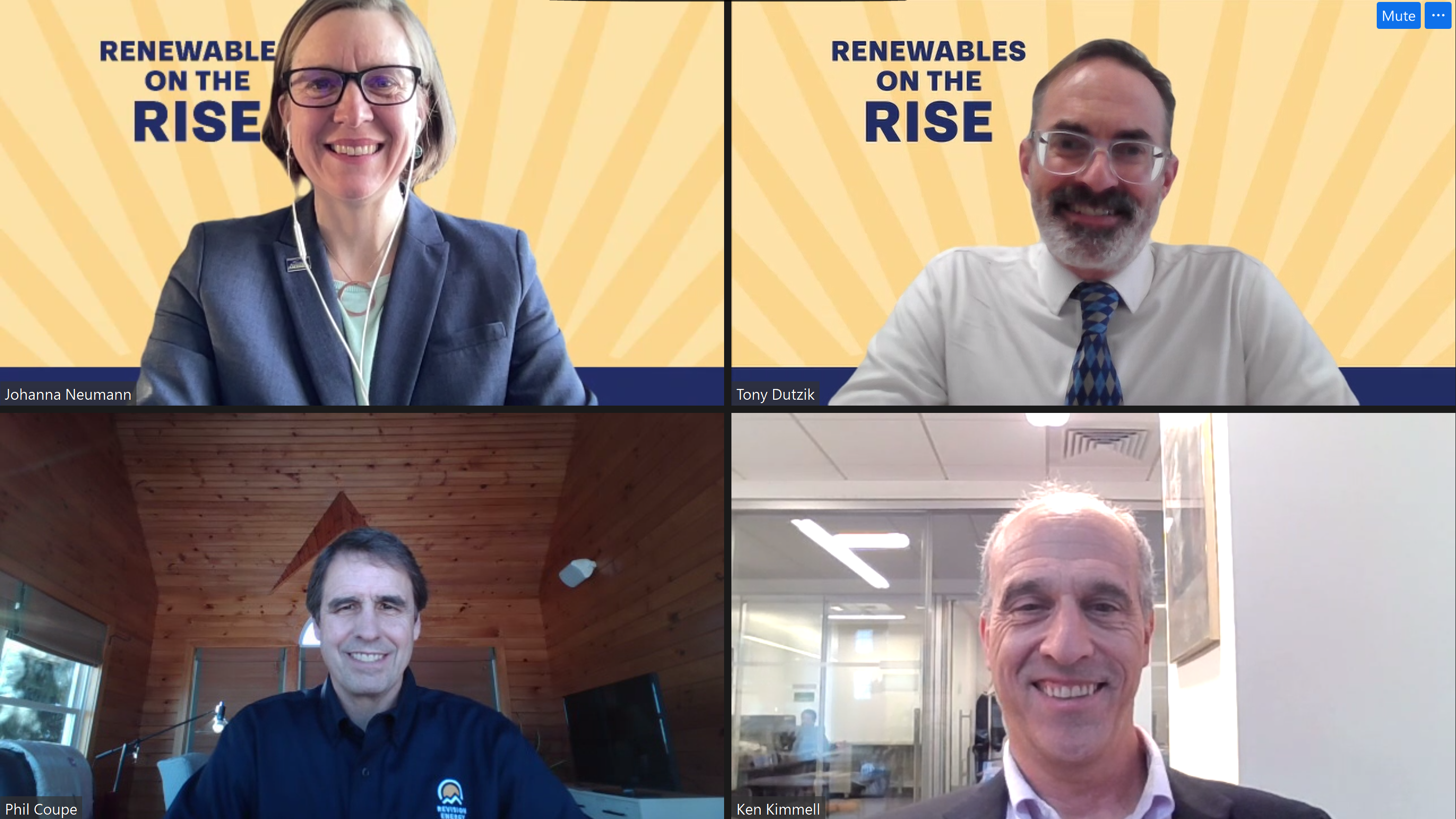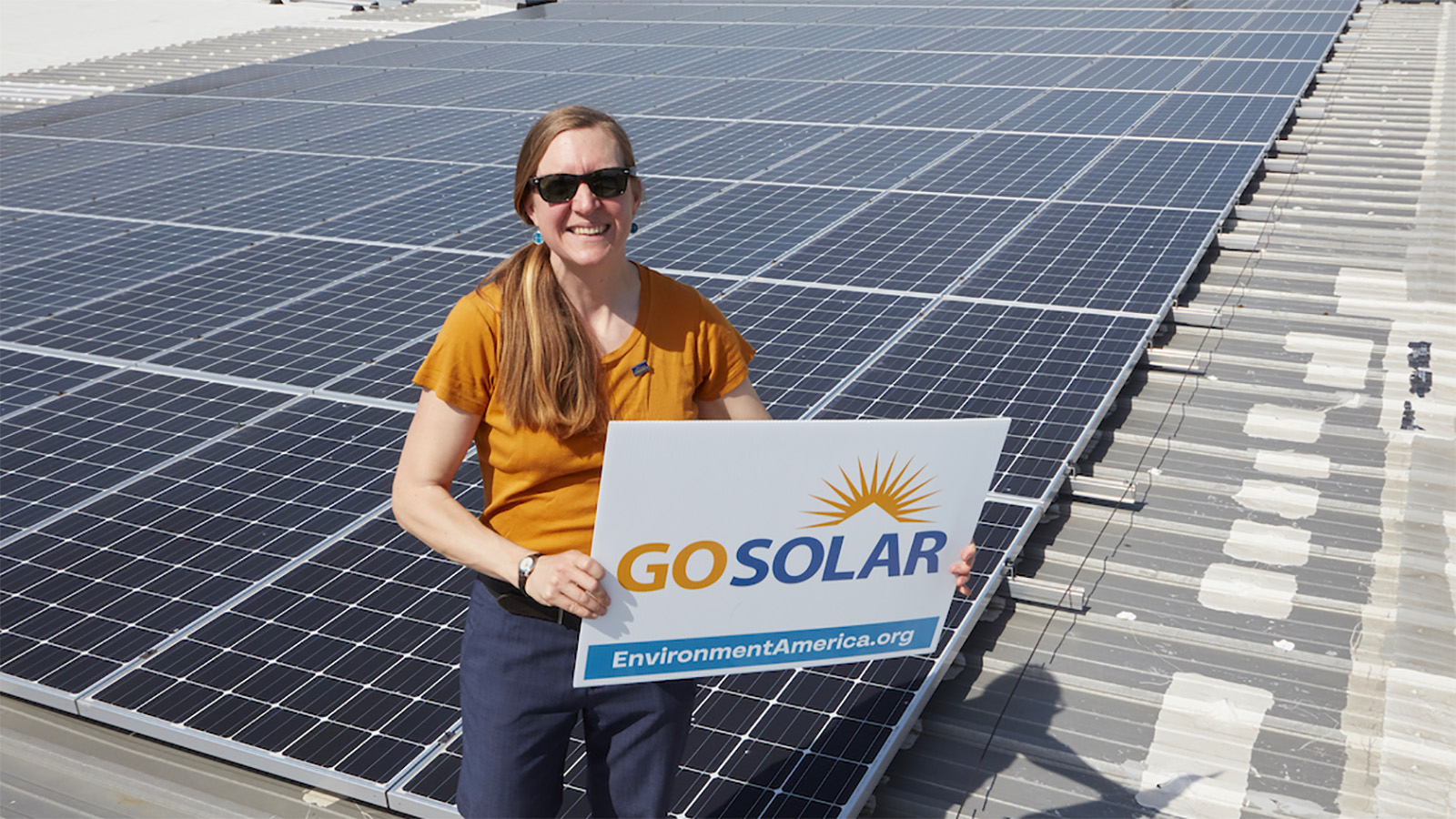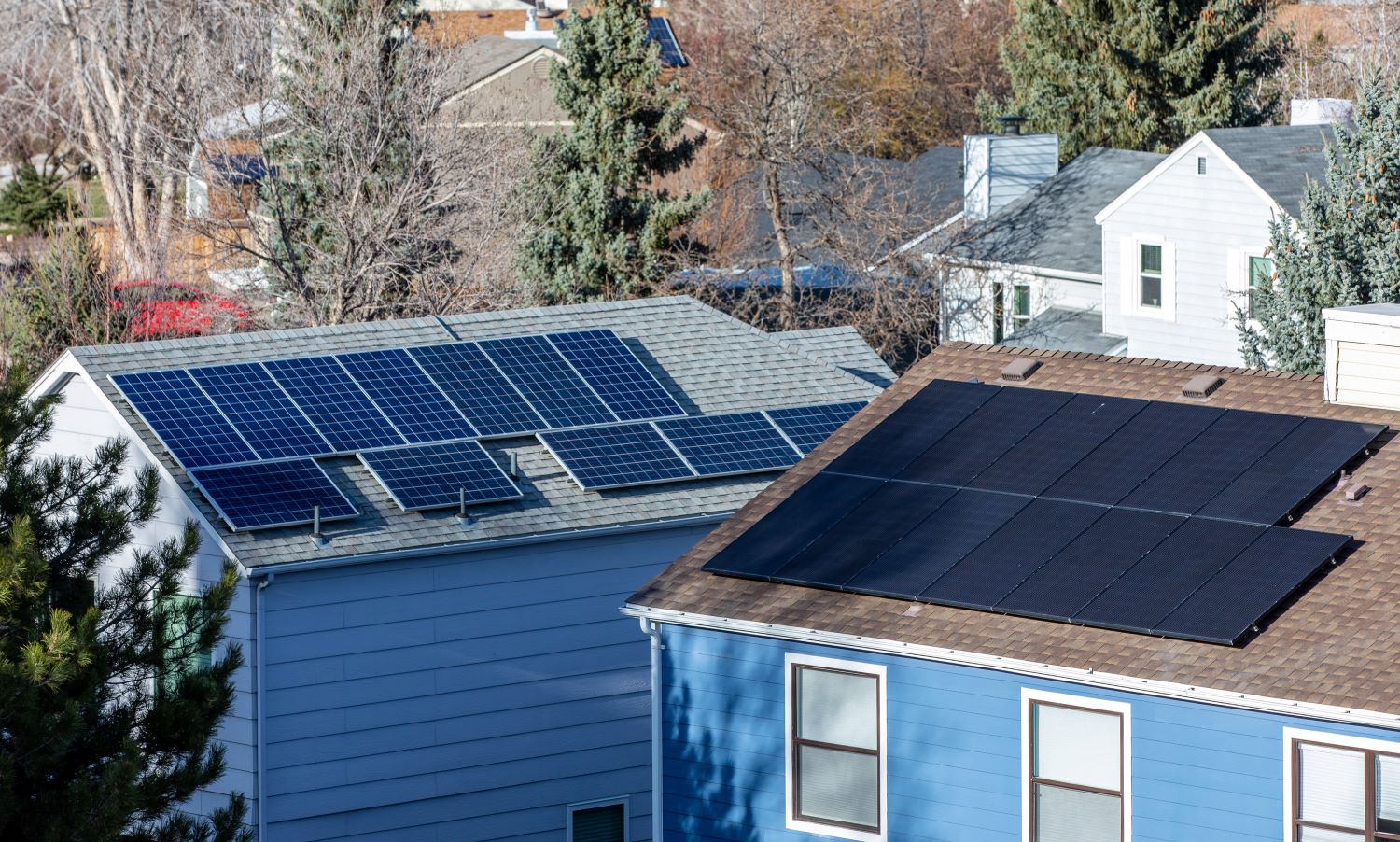The big residential fossil fuel mistake: Out with the old, in with the…outdated?
Why we should turn away from fossil fuels and electrify our buildings.

Jackhammering, men yelling, the beeping of a bulldozer in reverse — these are the noises that have filled my street for several weeks. The street itself has been a patchwork of new asphalt, giant pits, big metal plates and large machinery.
It started this summer when our local utility company was replacing the main gas line. Since then, they have crisscrossed the street from house to house, shifting each gas meter from basements to outside. For my apartment, this involved removing everything stored in the basement, having the street ripped up, watching a hole being dug in the front yard deep enough for a man of average height to stand in it, and sitting through our gas being turned off for about 6 hours.
Through all the banging and drilling and scraping and clanging, I couldn’t stop thinking about the fact: All of this work was doing nothing but locking us in to dirty and dangerous fossil fuel infrastructure — instead of setting up our community to thrive on clean energy for years to come.
Why should we be spending time and resources replacing the old with the outdated?
Spending time and resources to double down on gas lines keeps up squarely pointed in the wrong direction. When we consider fossil fuels, the first thing we often think about is how awful they are for the environment. While this is a vital concern, we must remember that these forms of carbon energy are also incredibly bad for our health. Burning fossil fuels, like gas, in the places we live creates indoor and outdoor air pollution, which can cause people to develop respiratory diseases, heart disease and cancer. Gas stoves alone could be exposing us to levels of air pollution in our homes that would be illegal by national air quality standards if it was outdoors.
Instead of putting our environment and our health at risk, we should prioritize using the clean energy technology that exists today to transition to a 100 percent renewable energy future.
One of the best ways to power our homes with renewable energy is to switch from dirty and dangerous fossil fuels to electricity from a clean electric grid. While some may not realize it, the technology needed to electrify our homes is available, affordable and efficient. Heat pumps, water heaters and induction stoves are just a few examples of technologies that can help us cut polluting emissions and improve public health.
The good news is that, from Massachusetts to Missouri, electrification policies are beginning to pop up across the country. To date, California is leading the way with 40 cities and counties that have passed policies to phase out fossil fuel appliances in new construction.
In 2021, let’s make sure the building electrification trend continues and that from my neighborhood to yours, we stop investing in outdated infrastructure that will lock us into fossil fuels for future decades.
Topics
Authors
Bronte Payne
Find Out More

What kind of planet protector are you?

Key takeaways from Renewables on the Rise: Success Stories

IKEA is going solar



